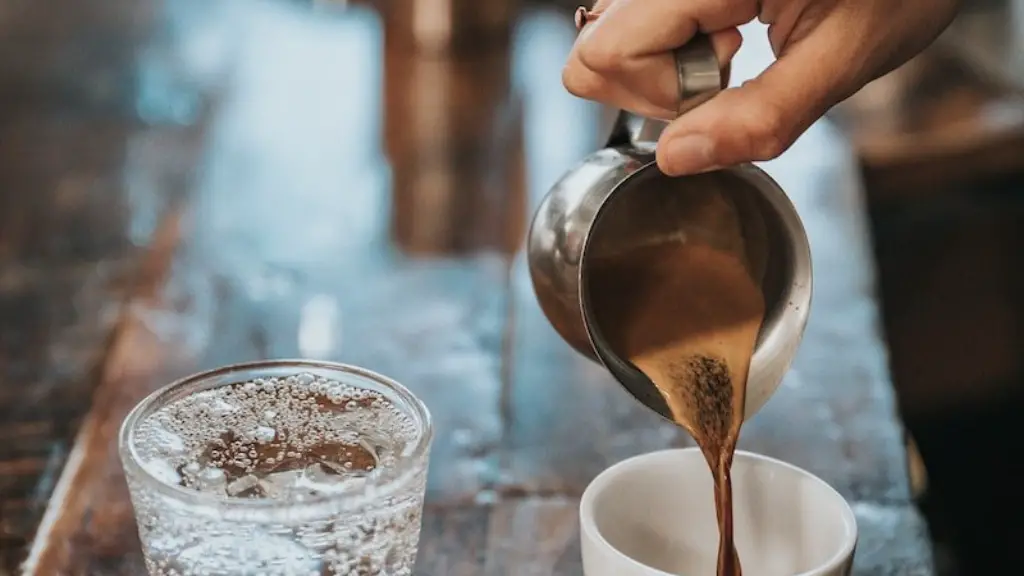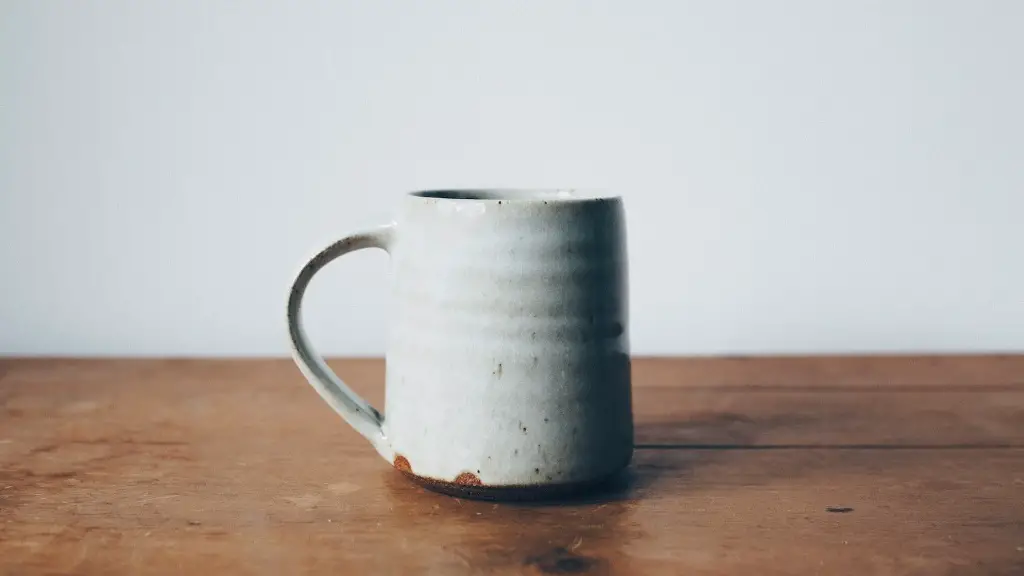Coffee and Celiac Disease: A Detailed Guide
Making the right food choices with celiac disease is important. But what happens when your favorite morning beverage is in question? Can you still drink coffee if you have celiac disease? This article explores the connection between coffee and celiac disease, outlines considerations, and offers some tips for managing the situation.
Background Information
Celiac disease is a common autoimmune disorder that affects around one percent of the world’s population. It is similar to wheat allergies in that it triggers an allergic response to gluten, a type of protein found in wheat, barley, and rye. A reaction to gluten can trigger an inflammatory response in the small intestine, leading to damage of the villi (small, finger-like projections that line the small intestine) and malabsorption of foods and nutrients. This can lead to a variety of short- and long-term health concerns.
Safe Coffee
Coffee is generally safe for people with celiac disease if it has not been processed with wheat or other sources of gluten. Generally speaking, this means that coffee beans that have been roasted and ground without being exposed to gluten-containing ingredients or surfaces will be safe. Gluten containing ingredients and surfaces can include stuffings, breads, and other contaminated surfaces.
Coffee beans that are processed with gluten containing additives such as malt and starches are not considered safe for those with celiac disease. It’s important to read the packaging of coffee beans to determine if any wheat-based ingredients are present.
Considerations for Brewing at Home
If you’re brewing coffee at home, it’s important to make sure that the other ingredients used to make your coffee, such as milk, sugar, and flavored syrups, are gluten-free. If a milk is labeled as “gluten-free” or “suitable for a gluten-free diet” then it is likely to be safe.
Another consideration is the equipment you use to brew your coffee. Traditional coffee makers that have a filter basket need to be cleaned regularly to avoid build-up of gluten-containing molecules – this includes the filter holder, filter basket, and filter holder O-rings. For added security, one could opt for a gluten-free certified brewer.
Getting Coffee From Coffee Shops
For those who are looking to buy coffee from a local shop, it’s important to read the ingredients list for the specific coffee you plan on ordering. If any gluten-containing ingredients are present, this should be a red flag. If you’re somewhat unsure, it’s best to contact the shop and ask if the coffee contains gluten-containing ingredients.
The other important factor is confirming how the coffee was prepared. Most shops should already be aware of their own gluten-free protocol and can provide more detailed information about how their coffee is processed.
Experts Perspective
According to experts, gluten-free coffee is indeed safe for people with celiac disease but caution should be taken. “At home, it is important to take necessary precautions to make sure the coffee being brewed is gluten-free and safe to drink. This includes using gluten-free certified equipment to brew coffee, as well as being mindful of other ingredients used while brewing. If coffee is bought from local shops, it is paramount to inquire about the gluten-free protocol of the shop and the ingredients used in their coffee.”
Making Gluten-Free Coffee Accessible
For people with celiac disease, there are some steps they can take to ensure their coffee is properly prepared and safe to drink every time. Relying on gluten-free certified coffee makers and ensuring that all beverages and other ingredients used to make coffee are gluten-free certified—or otherwise safe for those with celiac disease are important. Reading labels is also essential for selecting coffee that is free from gluten-containing ingredients.
Thanks to an increased awareness around the gluten-free diet, it has become easier for those with celiac disease to find gluten-free coffee. Many stores now offer gluten-free labeled products, making gluten-free coffee more accessible.
Gluten Content in Other Beverages
It is important to also be aware of the gluten content in other popular hot drinks like tea and hot chocolate. These beverages may contain added gluten-containing ingredients, such as malt and wheat-based flavorings. Therefore, it’s important to read labels on tea and cocoa products and choose those that are certified gluten-free.
In some cases, tea can be labeled as gluten-free, but be processed on equipment that is not considered gluten-free certified, which is something to take into consideration. It is also important to watch out for added flavors, as the flavorings in certain teas may not be gluten-free.
Tips for Enjoying a Hot Drink Without Gluten
For those looking for a hot drink without the presence of gluten, there are substitute products available like gluten-free cocoa, rice milk hot cocoa, decaffeinated tea, and chai tea. Additionally, there are herbal tea and non-dairy creamers from companies like Nutpods that offer a wide range of flavors that are free from gluten and safe for those with celiac disease.
Alternatives for Flavoring Coffee
When it comes to flavoring coffee, there are options that are gluten-free and suitable for those with celiac disease. Flavorings such as vanilla extract, cinnamon, and nutmeg are all safe to use in coffee. Similarly, fruit-flavored syrups that are labeled as gluten-free are also suitable.
It is also important to be aware of flavored coffee beans. These beans may contain gluten-containing ingredients, and should be avoided. Unflavored brewing oils and creamers can be used to add flavor and creaminess to coffee without containing gluten.
Reducing Risk When Eating Out
When eating out, questioning the chef or cook can help to reduce the risk of gluten contamination during the preparation of coffee. Tell them you have a gluten intolerance and need a gluten-free assurance. Asking the barista to use a designated, clean filter or wand can also help reduce the risk of cross-contamination.
General Recommendations
For people with celiac disease, there are steps they can take to make sure that their coffee is gluten-free. Reading labels on all coffee beans, drinks, and other ingredients is essential. Also, it’s important to read the packaging of any flavored additives and to verify their gluten-free status. Questions about the method of preparation of coffee should also be asked when ordering from coffee shops.
Finally, choosing certified gluten-free brewing equipment and substituting other ingredients for traditional flavors with gluten-free ones like vanilla extract, cinnamon, and nutmeg is also paramount. With the right knowledge, following a gluten-free diet is manageable for those with celiac disease.



